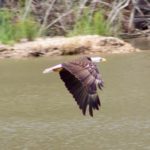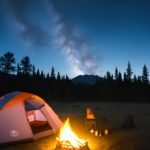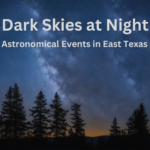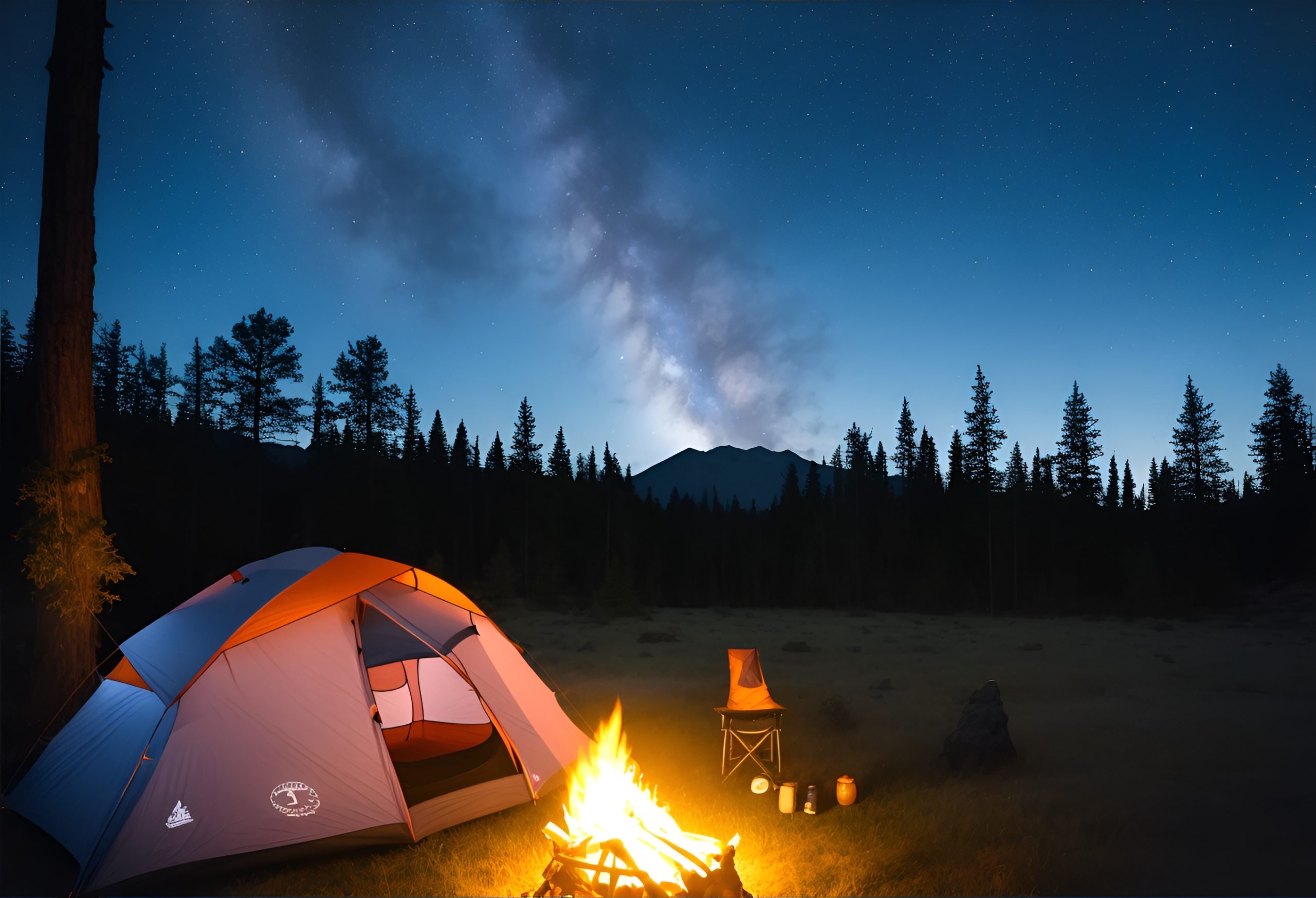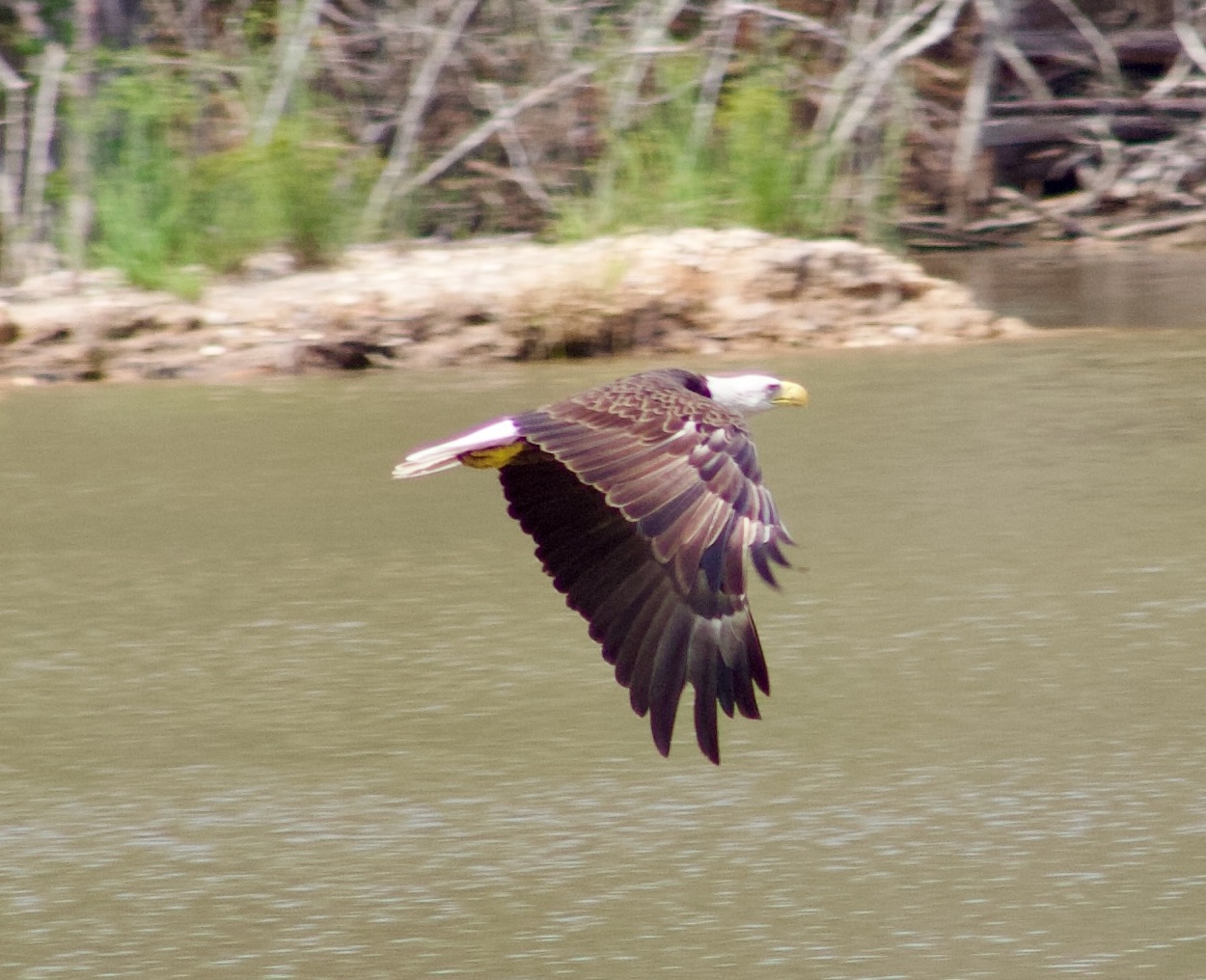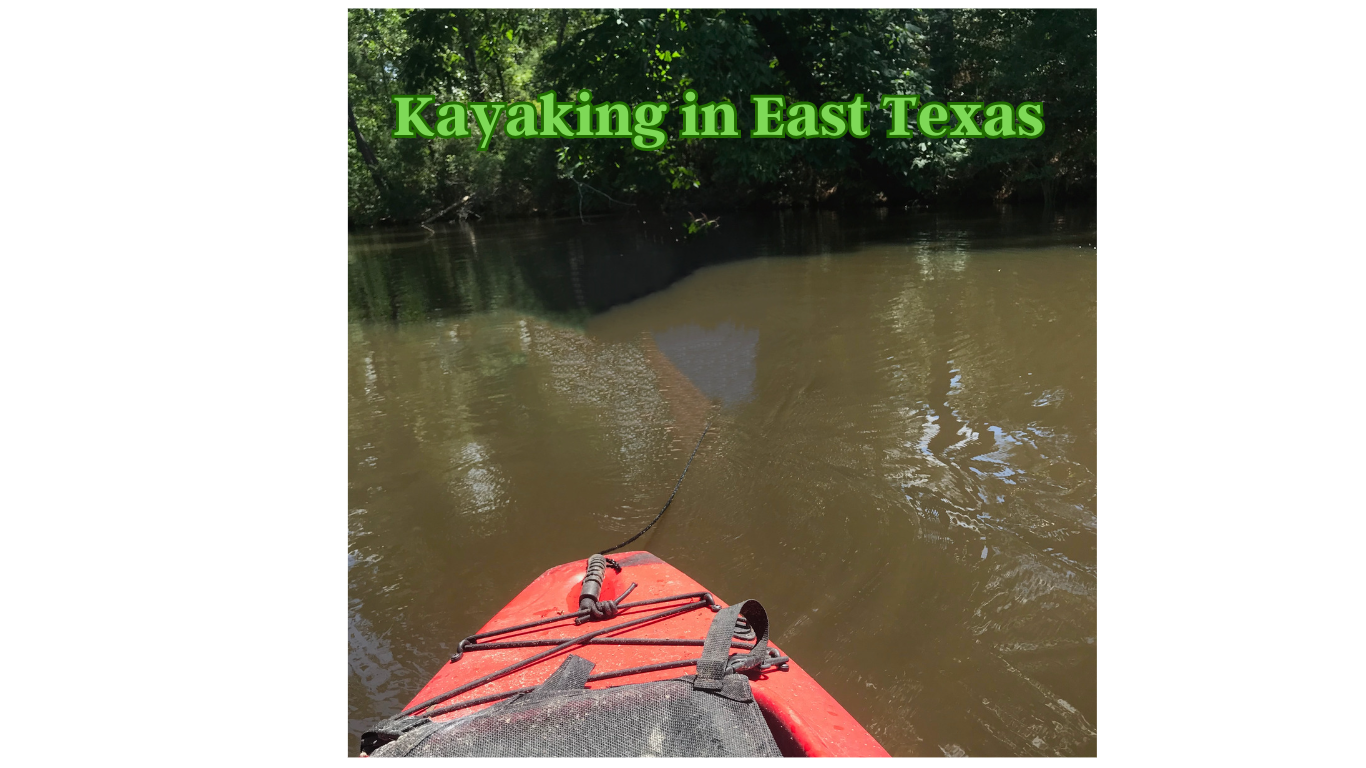If you’re looking for a little peace and quiet in your life, finding solitude with dispersed camping is one of the best ways to get back to nature. When you go dispersed camping, you find your own quiet place outside of a park. This gives you the freedom to enjoy nature the way you want to. Dispersed sites are different from regular camps because they don’t have amenities like picnic tables, fire pits, or toilets. People who are willing to give up facilities in exchange for more freedom can camp in natural places and sleep under the stars.
Looking for Dispersed Camping Sites
National Forests and Bureau of Land Management (BLM) Lands:
The U.S. Forest Service and Bureau of Land Management (BLM) are in charge of most camping in the United States that are not in a campsite. Their websites tell you where they are and what their general rules are. The Forest Service defines “dispersed camping” as camping in a place that is not an approved spot. The BLM lets people camp anywhere for up to 14 days on most public land.
Crowdsourcing sites:
On sites like Campendium, Ultimate Campgrounds, and FreeCampsites.net, campers can share information about different campsites they’ve been to. Campendium has a list of more than 10,000 camping spots all over the U.S., based on what people have said about them. Look for places that meet your needs and have good reviews. A review of a site on Campedium.com says, “Amazing stars at night, wildlife, and solitude.”
Map resources:
Paper USGS topographic maps and apps like Gaia GPS and Topo Maps+ can help you figure out if a place is good for dispersed camping. Look for places where you can be alone, like clearings, old roads, or two-tracks.
Camping the Smart Way
Follow Leave No Trace principles:
Properly dispose of waste, leave sites as you found them, respect wildlife, and avoid overcrowded areas. The Leave No Trace Center for Outdoor Ethics (LNTCFOE) says, “Dispersed camping requires extra attention to minimum impact practices.”
Choose durable surfaces:
Set up camp on surfaces like gravel, rock, dry grasses, or snow to avoid damaging live plants. The Dispersed Camping Guide advises, “Look for natural clearings that have already been disturbed in the past, such as abandoned logging areas, meadows, or rocky surfaces. These areas can handle repeated use with minimal damage.”
Carry out all trash and waste:
Be prepared to carry out everything brought into a site for proper disposal. Burying trash is prohibited on most public lands. According to the U.S. Forest Service, “dispersed camping requires that campers carry out all their refuse, trash, litter, and waste material.”
Essential Gear for Dispersed Camping
Vehicle suited for rough roads:
High-clearance vehicle and maybe 4WD to reach more secluded sites, especially in mountainous or desert areas. Recommendations include an SUV, truck, or RV that can handle poorly maintained roads.
Adequate food, water, and supplies:
Be fully self-sufficient since no amenities are provided. Pack extra food, water, toilet paper, etc. The LNTCFOE advises dispersed campers to “choose locations 200 feet away from trails and water sources.” Bring more water than you think is necessary. You will need it for other things besides drinking.
Maps and navigation:
Don’t rely only on cell service. Bring maps, a compass, GPS device to avoid getting lost. The U.S. Forest Service notes, “Many dispersed camping areas are in remote locations without cellular service.”
Camp stove, light, and shelter:
Essentials include a way to cook food, a portable lantern/flashlight, and a tent, tarp, or RV/camper for shelter. With no picnic tables or fire grates provided, a camp stove is necessary for cooking, and a tent or camper protects you from the elements. In an article on safe dispersed camping, harris recommends being “cautious when starting a fire. Never leave a fire unattended.”
Emergency equipment:
Bring anything to handle potential weather (like a solar weather radio), injuries, or vehicle issues like extra blankets, a first aid kit, jumper cables, etc. The Forest Service warns, “Be aware of potential hazards like rapidly changing weather conditions or rough terrain, and plan accordingly.” The Dispersed Camping Guide also recommends a spare tire, shovel, saw, and other tools that may be needed in emergencies.
Dispersed Camping in East Texas
The Sam Houston National Forest (SHNF)
The SHNF in Texas offers many opportunities for dispersed camping. Some key points about dispersed camping in this forest:
• The SHNF encompasses 163,037 acres in portions of Montgomery, San Jacinto, Liberty, and Walker counties. It features a mix of pine and hardwood forests, wetlands, and prairies. Popular recreational activities include hiking, camping, horseback riding, and off-roading.
• Dispersed camping is allowed in the SHNF for up to 14 days. Campers can camp anywhere in the forest outside of developed campgrounds and recreation areas, as long as they follow Leave No Trace principles. The forest website provides a Dispersed Camping How-To Guide with rules and recommendations.
• Some of the most scenic areas for dispersed camping include the Lone Star Hiking Trail corridor, Double Lake Recreation Area, and the southeastern portion of the forest near the Big Creek Scenic Area. These areas offer opportunities to camp by lakes, creeks, and in pine forests.
• Be prepared for hot weather, insects, and seasonal flooding when dispersed camping in the SHNF. The forest website warns, “Dispersed campsites are primitive, with no amenities or services provided.” Campers should bring plenty of water, insect repellant, a tent, hiking boots, maps, a compass, etc.
• Motorized vehicles and campfires are allowed at dispersed campsites, but campfires require a permit from the forest service due to the risk of wildfires. Campers must clear flammable debris within 10 feet of any fire and make sure it is completely extinguished before leaving the site.
• Hunting is also allowed within the dispersed camping areas of the SHNF, so campers should exercise caution during hunting season and wear blaze orange when hiking. The forest website provides hunting season dates and details on areas where hunting and dispersed camping overlap.
• No amenities like trash pick-up are provided, so practice Leave No Trace by packing out everything brought into the campsite including food scraps, toilet paper, hygiene products, etc. Burying trash and waste is prohibited.
The Davy Crockett National Forest (DCNF)
The DCNF is located in East Texas, encompassing over 160,000 acres across Houston, Trinity, and Polk counties. It is a popular area for dispersed camping, with scenic pine forests, wetlands, and lakes. Here are some key details about dispersed camping in the DCNF:
• Dispersed camping is allowed for up to 14 days in the forest with a free permit from the forest service. Campers can camp anywhere outside of developed recreation sites as long as they follow Leave No Trace principles. The forest website provides dispersed camping guidelines on where you can camp, fire restrictions, trash removal, etc.
• Some of the most scenic spots for dispersed camping include areas along the Neches River, Houston County Lake, and Gum Slough. These locations offer opportunities to camp in pine forests near the water. The Lone Star Hiking Trail also passes through the forest, with trailheads that could serve as starting points to hike further out into more secluded camping spots.
• Be aware of hot and humid weather, insects like ticks and mosquitoes, and occasional flooding when camping in the DCNF. Come prepared with essential gear like tents, sleeping bags, insect repellant, hiking boots, plenty of food and water, maps, etc. No amenities are provided at dispersed sites.
• Motorized vehicles and campfires are permitted at most dispersed campsites, but campfires require a permit between February and December due to high wildfire risk. Clear flammable debris within 10 feet of any fire and extinguish it completely before leaving the site.
• Hunting is also popular in portions of the forest, so expect seasonal hunting activity from around October to January. Wear orange clothing if hiking during hunting seasons. No target shooting is allowed in campsites.
• Pack out everything brought into the campsite including food scraps, toilet paper, hygiene products, trash, etc. Burying waste and leaving trash behind is prohibited. “If you pack it in, pack it out” is the motto for dispersed camping on national forest lands.
• Some areas may be temporarily closed due to logging activity or natural disasters like wildfires. Check the forest website for any current road and area closures before dispersed camping. Some areas require high-clearance or 4-wheel drive vehicles to access.
Conclusion:
For adventurous campers looking to get off the beaten path, dispersed camping offers an unstructured experience in nature, unlike any developed campsite. With the right mindset of treading lightly and the necessary preparations, you’ll unlock opportunities in East Texas wild places. Begin your search online and as long as you respect the land, you’ll be on your way to solitude under starry skies.


